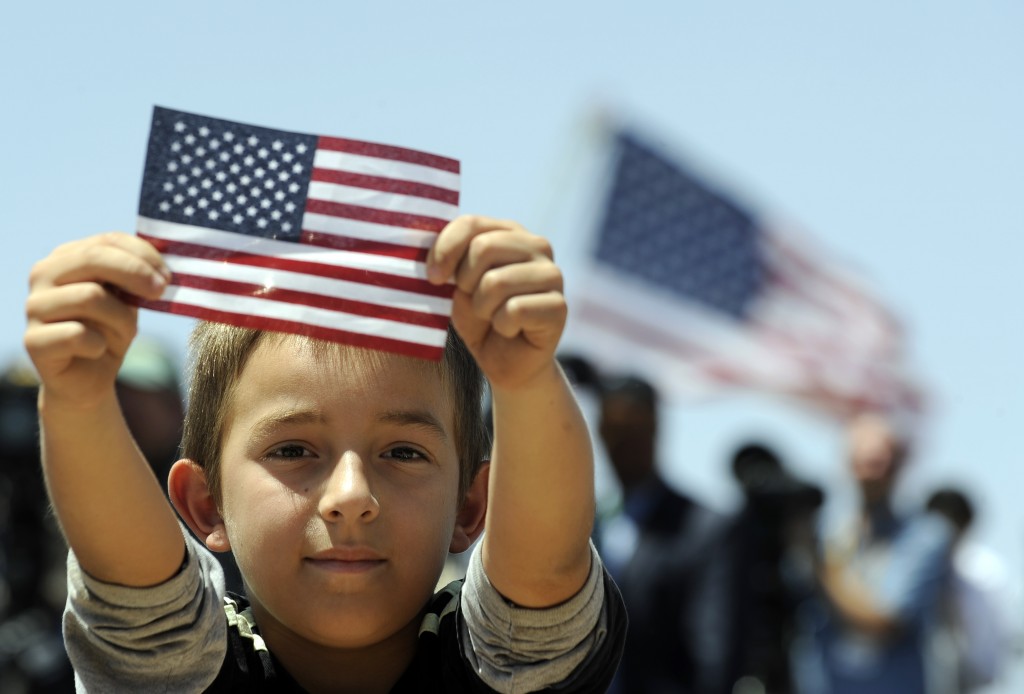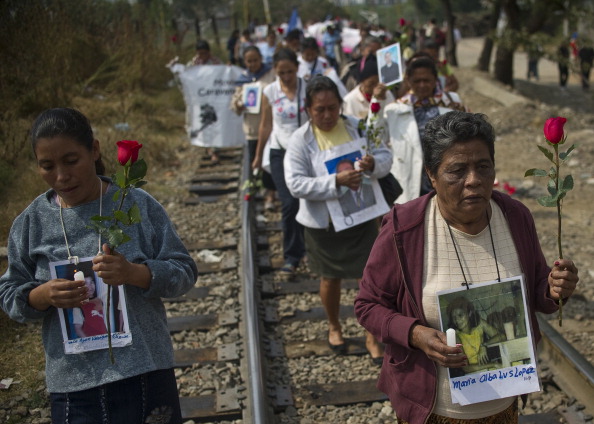By Amalia Greenberg Delgado, Immigrants’ Rights Coordinator

© J. Emilio Flores/Getty Images
Just two weeks ago Governor Brown signed into law California DREAM Act AB 130, allowing undocumented students, who studied at least three years in California high schools or have an equivalent high school degree, to be eligible for non-state private scholarship awards.
For the last ten years California has already provided students the right to access instate tuition, regardless of immigration status, as long as they meet the requirements set under AB 540, which was signed into law almost 10 years ago and was successfully upheld by the Supreme Court this past year.
California advocates continue to push Governor Brown to also sign AB 131, a law that would extend instate funds for undocumented students.
The implementation of both bills will prevent students from being forced to decide between foregoing a college education and remaining in the US with their families and community or leaving the U.S. in search of an affordable and accessible education.
SEE THE REST OF THIS POST








